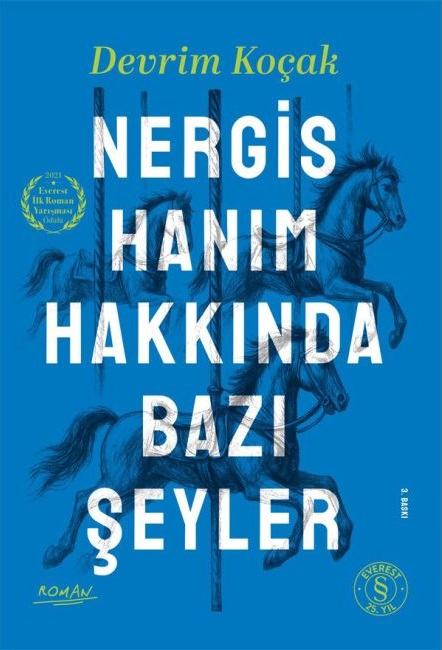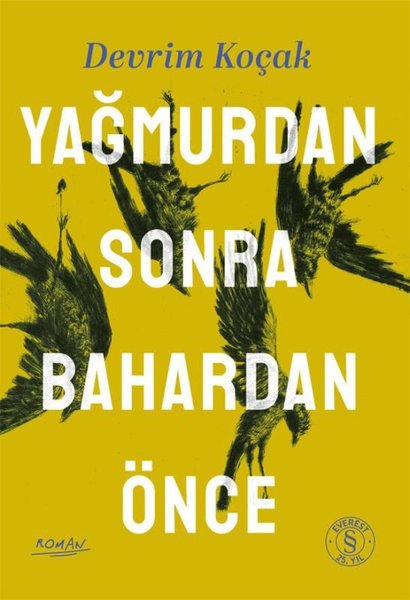Why is Anton Chekhov’s “The Lady with the Little Dog” one of the greatest stories ever written, according to Vladimir Nabokov?
Vladimir Nabokov’s description of Anton Chekhov’s story “The Lady with the Little Dog” (1899) as “one of the greatest stories ever written” was not only an expression of literary appreciation, but also an appreciation of Chekhov’s nuanced perspective on human nature, moral contradictions, and existential depth. While Nabokov, as a writer, emphasized aesthetic perfectionism and the complexity of human consciousness in his own works, he saw Chekhov working with a similar sensitivity in this story and therefore praised the work.
Nabokov’s View of Chekhov: An Aesthetic and Existential Encounter
In evaluating Chekhov, Nabokov compares his works to those of more epic and moralistic writers such as Tolstoy. While he notes that certain passages in Tolstoy’s works strike “like lightning,” he finds a quieter but equally profound influence in Chekhov. According to Nabokov, Chekhov writes as if “one person were telling another the most important things in his life, slowly, continuously, and in a slightly lowered voice.” This expression is a reflection of the extraordinary depth behind the minimalism and ordinariness that Chekhov uses in his stories. In “The Woman with the Little Dog,” this approach culminates in the transformation of an ordinary holiday encounter into the most complex emotional and moral labyrinths of the human soul. The basis for Nabokov’s view of this story as “the greatest” is Chekhov’s ability to transform this ordinariness into a universal existential question.
Philosophically, Nabokov’s admiration for Chekhov can be linked to a phenomenological sensitivity he found in his works. Husserl’s phenomenology focuses on understanding the way consciousness perceives the world; Chekhov’s stories similarly examine the characters’ inner experiences and their relationships with the world with microscopic attention. In “The Lady with the Dog,” the encounter between Dmitry Gurov and Anna Sergeyevna is not only a love story, but also a scene in which human consciousness confronts its own limits, moral norms, and existential loneliness. In this story, Nabokov appreciates Chekhov’s phenomenological sensitivity to capture the essence of human experience.
The Story’s Philosophical Dimensions: Love, Freedom, and Moral Contradictions
“The Lady with the Dog” may seem like a simple story of forbidden love on the surface, but the themes Chekhov masterfully handles transform the story into an existential inquiry. The story begins with Dmitry Gurov, a married banker on vacation in Yalta, meeting Anna Sergeyevna, a young married woman walking around with a small dog. Both are individuals who have escaped from unhappy marriages and are seeking temporary solace. However, Chekhov uses this relationship not as a romantic escape, but as a platform to question the contradictions of human nature and the search for freedom.
The Existential Dimension of Love: Love in the story, as in Kierkegaard’s existential philosophy, is part of the individual’s process of discovering their own essence. Although Gurov initially sees Anna as another “adventure,” as the relationship deepens, it causes him to realize his inner emptiness and the meaninglessness of his life. According to Kierkegaard, a person can only grasp their own existential situation through a relationship with the “other”; Gurov’s passion for Anna is his attempt to overcome his alienation from his own self. At this point, Nabokov appreciates Chekhov’s presentation of love not only as an emotion, but also as a catalyst that challenges the individual’s own existential boundaries. At the end of the story, Gurov and Anna, unable to break away from each other or their families and continuing a secret relationship, reveals the tension between the liberating potential of love and social chains.
Freedom and Social Restrictions: The story presents a questioning of freedom that can be associated with Schopenhauer’s philosophy of will. According to Schopenhauer, the human will is condemned to a perpetual cycle of desire and dissatisfaction; Gurov and Anna’s love is both an expression of this will and its suppression by social norms. Chekhov neither romanticizes nor judges their relationship; instead, he impartially presents the conflict between individual desires and social morality. Nabokov sees this impartiality as part of Chekhov’s greatness, because instead of giving a moral lesson, Chekhov invites the reader to confront these contradictions. At the end of the story, Gurov reflects on “how beautiful everything is,” a reference to Schopenhauer’s idea of the temporary silencing of the will through aesthetic experience; however, this beauty contrasts with their unresolved situation.
Time and Temporality: The story can also be associated with Heidegger’s concept of “being and time.” According to Heidegger, human existence is defined by the consciousness of finitude and transience. Gurov and Anna’s relationship begins with a temporary fling in Yalta, but as time progresses, this transience becomes a permanent part of their lives. Nabokov praises Chekhov’s ability to capture the flow of time and the fragility of moments in human life. The story’s quiet but explosive moments (what Nabokov calls “the breaking point”) are when the characters confront their own finitude. For example, Gurov’s inability to forget Anna after returning to Moscow and his pursuit of her can be read as Gurov’s attempt to take responsibility for his own existential responsibility, akin to Heidegger’s concept of “authentic being.”
Chekhov’s Literary Technique: Minimalism and Metaphysical Depth
Another reason Nabokov praises “The Lady with the Little Dog” is the way Chekhov’s literary technique creates metaphysical depth. Chekhov, by abandoning the “event plot,” reflects the “blurred, interrupted, and battered nature of life,” as William Gerhardie put it. This approach is one of the cornerstones of modernist literature and is echoed in Nabokov’s own works. Chekhov’s minimalism carries an aesthetic power that can be associated with Nietzsche’s concept of the “will to power,” telling more with less, revealing universal truths through mundane details.
Chekhov’s Rifle and the Economy of Meaning: Chekhov’s famous “rifle” metaphor (“If there’s a rifle hanging on the wall at the beginning of the story, it must go off”) emphasizes that every detail in the story is meaningful. In “The Lady with the Little Dog,” seemingly insignificant details, such as Anna’s dog, symbolize the characters’ loneliness and fragility. Nabokov believed that these details made Chekhov’s stories as complex as puzzles and satisfying to solve. Philosophically, this approach can be likened to Wittgenstein’s “language games”; Chekhov constructs meaning indirectly but strikingly by playing with words and images.
Irony and Humor: The subtle irony used in Chekhov’s stories is another feature that Nabokov appreciated. Gurov’s dependence on women despite seeing them as “second class”, or Anna’s surrender to love despite feeling moral guilt, satirize the contradictions of human nature. This irony reflects the meaninglessness of life and man’s efforts to combat this meaninglessness, in a way that is close to Camus’ absurd philosophy. Nabokov sees Chekhov’s humorous elegance in presenting these absurd contradictions as part of the universal appeal of the story.
Quiet Explosions: Nabokov states that Chekhov’s stories have “quiet explosion points.” In “The Lady with the Little Dog,” Gurov’s departure from Moscow to the city where Anna lives, unable to forget her, is one such explosion moment. This moment is an existential turning point; Gurov breaks away from the routines of his life and realizes the weight of his own desires and loneliness. Nabokov believes that these moments make Chekhov’s stories unforgettable because they touch the deepest layers of human consciousness.
The Cultural and Literary Context of Nabokov’s Praise
Nabokov’s exaltation of Chekhov is also related to his devotion to Russian literature and his identity as an exile. As a writer exiled from Russia, Nabokov finds the melancholic and ironic tone of the Russian soul in Chekhov’s works. “The Lady with the Little Dog” reflects the moral and social collapse of Russian society in the late 19th century; The decay of the aristocracy, the loneliness of the individual and the meaninglessness of the modern world are felt in the background of the story. Nabokov sees these themes transformed into a universal tragedy in Chekhov’s hands.
In addition, Nabokov’s opposition to writers such as Ernest Hemingway, who described Chekhov as an “amateur writer,” shows that he defended Chekhov’s artistic discipline. According to Nabokov, Chekhov’s “amateur” appearance was a deliberate aesthetic choice on his part; he believed in the power of small moments over big events. This is an approach that can be seen in Nabokov’s own works; for example, in Lolita, Humbert Humbert’s obsessive consciousness is constructed through small details.



